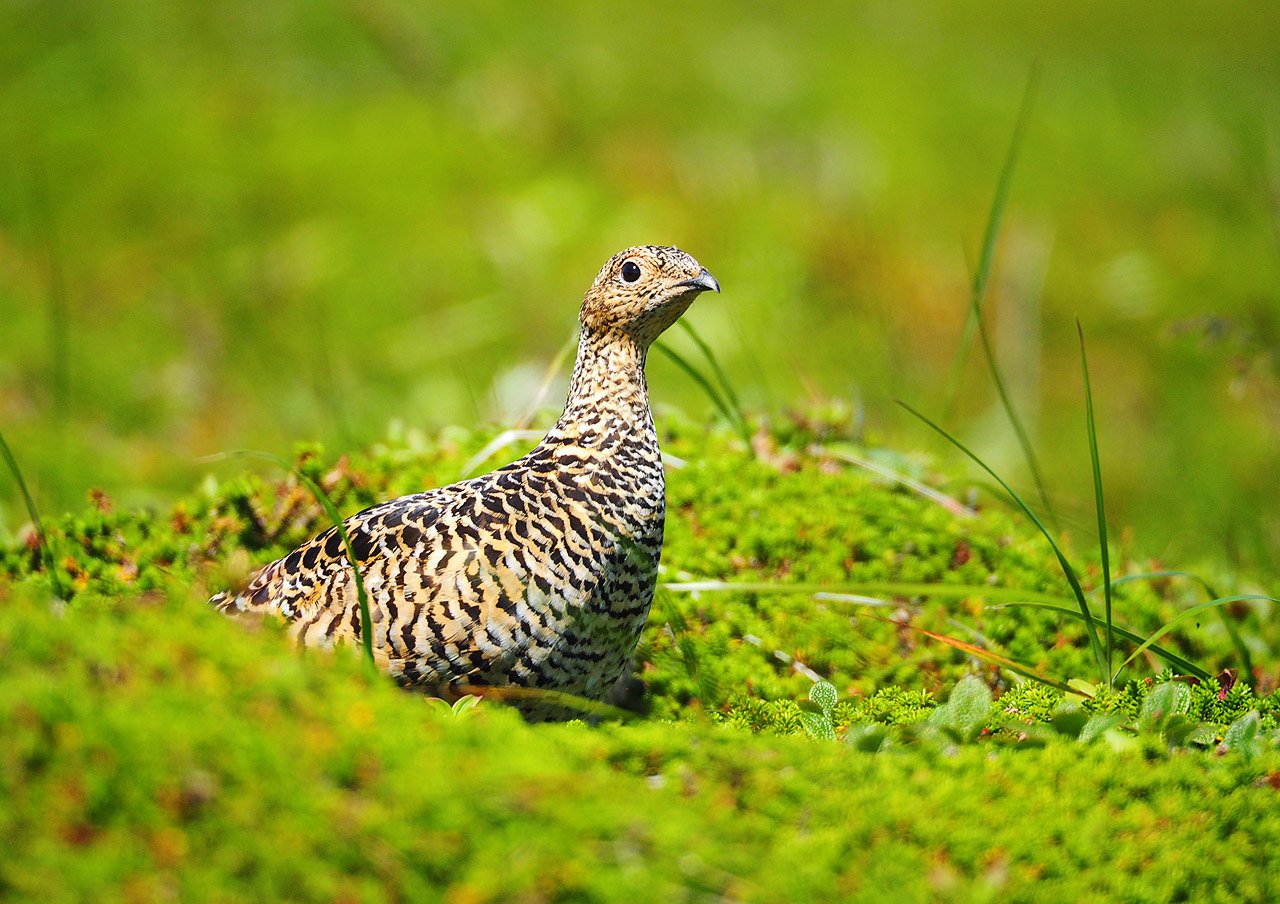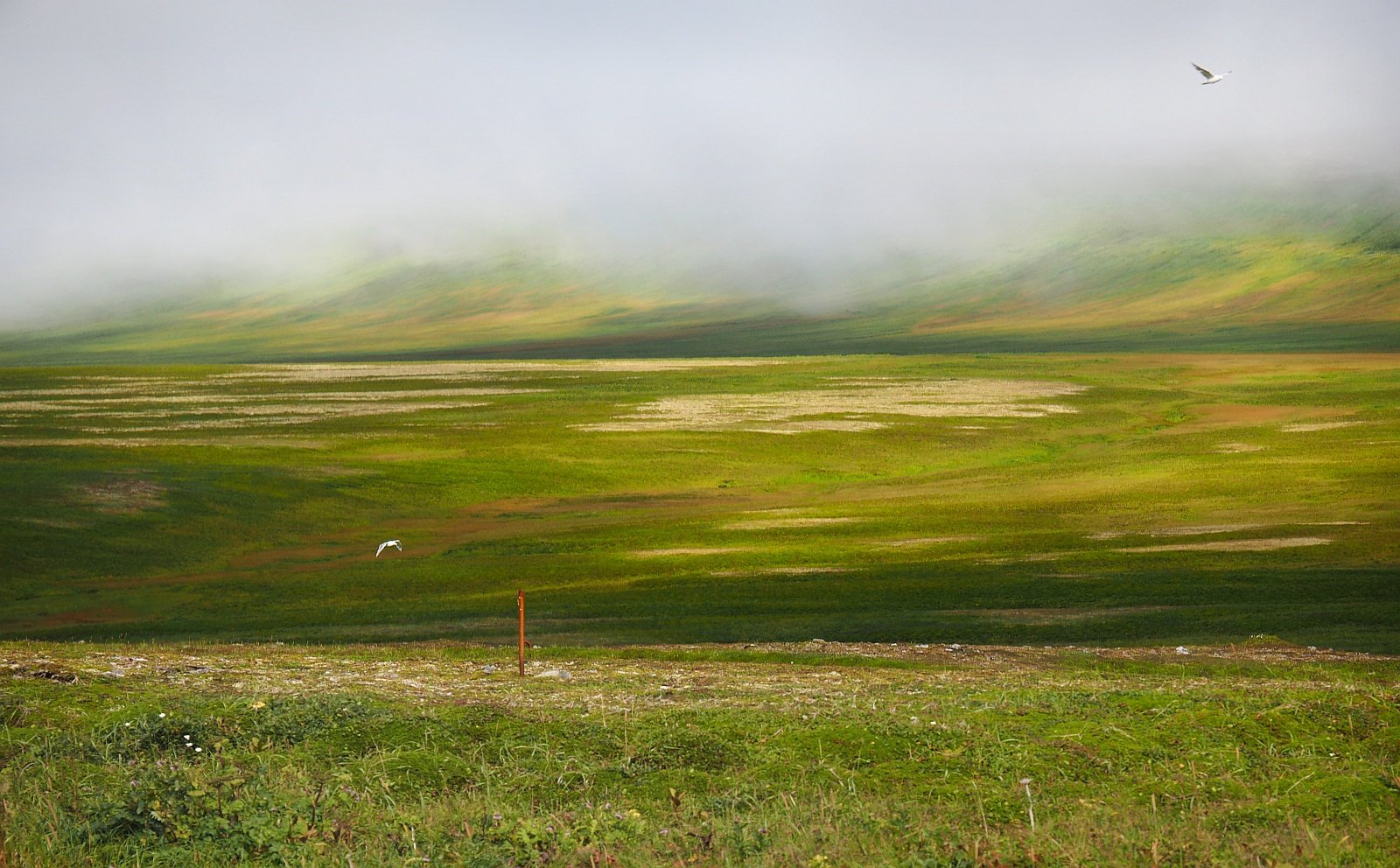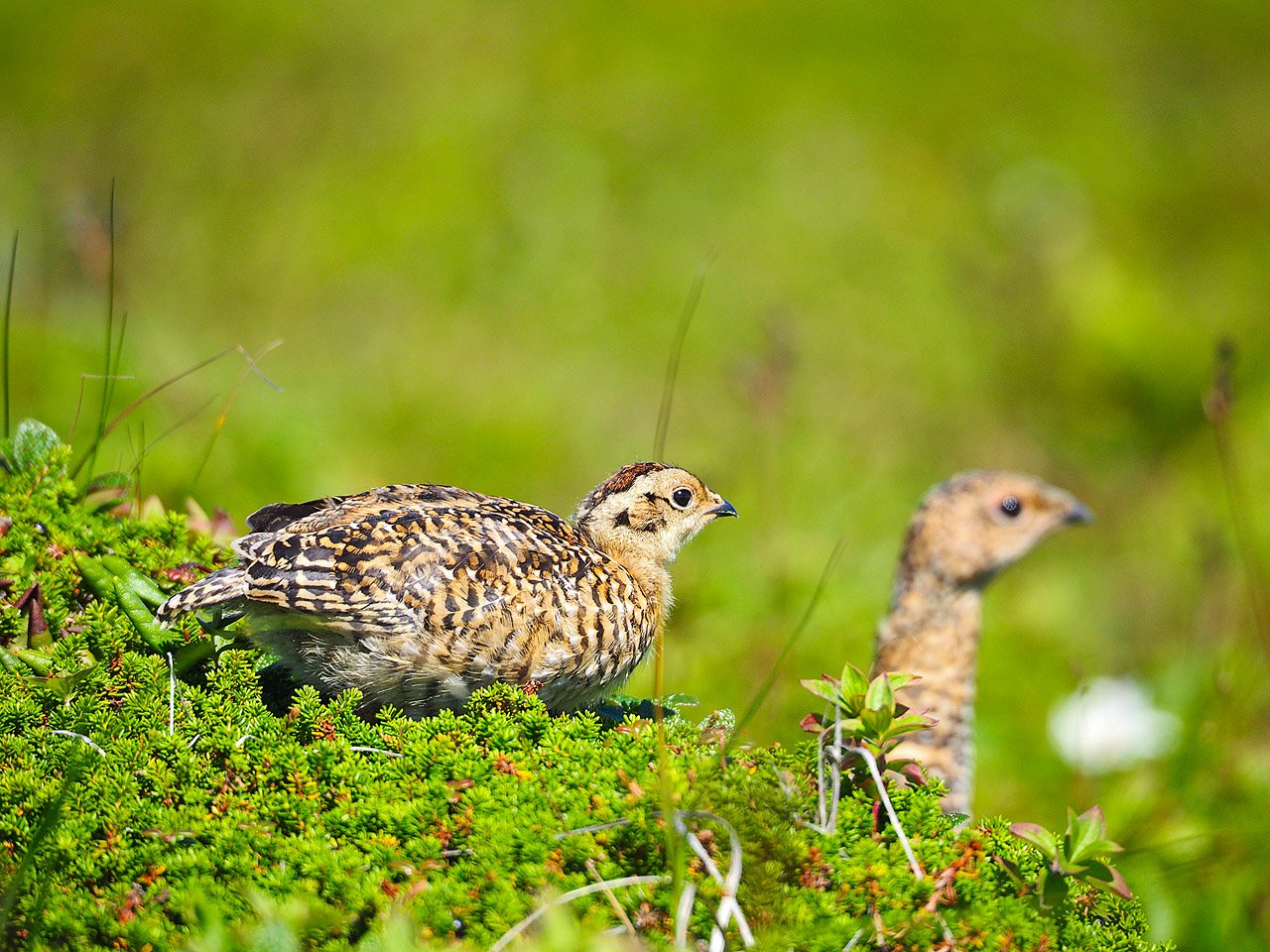And the title phrase has an additional meaning in the Russian language.
It sounds like "Every hunter wants to know where the pheasant is sitting" (Каждый охотник желает знать где сидит фазан). And the first letters of the words repeat the name of the 7 colors of the rainbow.

In our case, this phrase can be slightly modified, replaced by an ordinary hunter, a photo hunter or bird-watcher. By the way, now this activity is very common. Many of my friends regularly go to parks and forests, where they watch and listen to a variety of birds.

I do not take pictures of birds so often. And most often it happens in some trips, where one way or another almost the whole day something to shoot. This small story is no exception, it occurred on the Bering island (part of Commanders islands, Russia). Where we went every day to shoot in different parts of the island, if the weather allowed.

The longest and most varied road was at the seals rookery. In the course of it, we always tried to notice in the grass the hidden "population" of the island. These are mainly arctic foxes and partridges. Both are good at hiding.
Arctic foxes sometimes allowed themselves to walk demonstratively in the distance at coast line. But not for partridge. They are very hard to see on the ground or grass. And they do not move until the last. Especially since in August, when we were, you can see already grown up but still funny and following the mother chicks.

Their motley outfit is in harmony with the grass. And it turns out that only at the last moment the partridge flies from under the feet or the car. But the truth is only to hide again in a few dozen meters.
But if you practice, you can begin to distinguish the head of a bird rising from a low grass from afar. And local residents, with their experience, can do it from the window of the driving car. Then you can carefully get close to the bird.

In this case, the bird itself, even when you notice, will not fly away immediately. While the distance is large, she will prefer to gradually move from one hillock of grass to another. If you do not make sudden movements, and do not run to it, you can move around at an acceptable distance for shooting. After training, we even began to try to select future, more successful angles.

We did not have much time to shoot birds. The main time was spent on the rookery. Plus, we went all dressed in wetsuits. Chasing the tundra for birds in them, you know, is not very convenient)
But all the same we several times managed to observe and shoot partridges. A couple of times we even found a bright and beautiful male. But the males were much more shy. Apparently because of the bright color of the hope for disguise, they have less. And they fly away immediately.

In photos together with partridges my friend and colleague Andrey Sidorov @photofreediver
[//]:# (!steemitworldmap 55.271012 lat 165.887945 long Every hunter wants to know ... d3scr)
